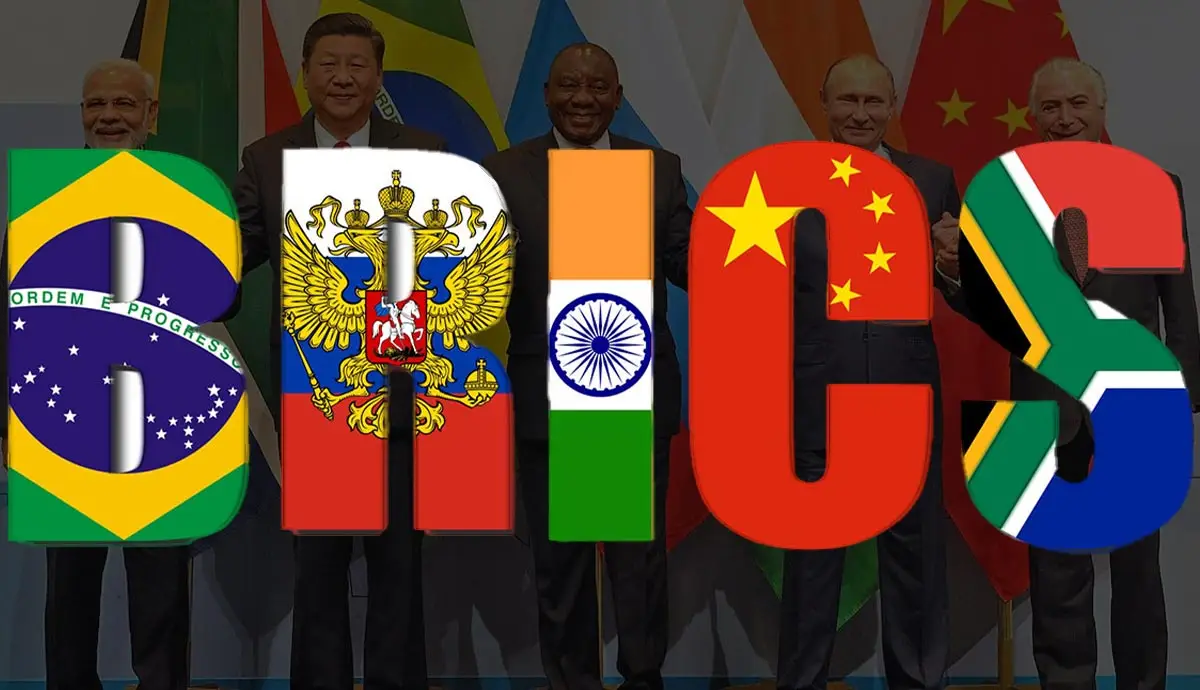|
Getting your Trinity Audio player ready...
|
The BRICS economic alliance, comprising Brazil, Russia, India, China, and South Africa, could be on the verge of a significant expansion. With its sights set on Southeast Asia, BRICS is eyeing a potential $3.6 trillion injection to its collective GDP, with nations like Malaysia and Thailand emerging as frontrunners for membership.
This potential expansion has far-reaching implications for the global economic landscape and the BRICS bloc’s position on the world stage.
ASEAN Nations Eye BRICS Membership
The Association of Southeast Asian Nations (ASEAN), established in 1967, boasts a collective GDP of around $3.67 trillion. This figure, which has been steadily rising for years, makes ASEAN an attractive target for BRICS’ expansion plans.
According to recent data and forecasts, ASEAN’s economic trajectory is expected to continue its upward climb until 2029. This economic growth spurt makes ASEAN a valuable addition to the BRICS alliance, potentially boosting the bloc’s combined GDP to staggering heights.
Hedging Against the West
News of Southeast Asian nations seeking BRICS membership comes amidst ongoing discussions about de-dollarization. The Atlantic Council’s Geoeconomics Center recently weighed in on the topic, acknowledging a potential shift towards a “gradual democratization of the global financial landscape.” This could lead to a world where international transactions are conducted using a wider range of local currencies.
Analyst Hung Tran suggests that while the US dollar will likely retain dominance, its influence could wane, paving the way for currencies like the Chinese renminbi to play a more prominent role. This aligns with the potential motivations of ASEAN nations seeking entry into BRICS. The bloc is actively implementing measures to strengthen its member currencies, potentially reducing reliance on the US dollar.
BRICS on an Expansion Spree
BRICS’ interest in Southeast Asian nations marks the second consecutive year of expansion for the alliance. In 2023, Iran, Egypt, Ethiopia, and the United Arab Emirates (UAE) became the first new members in over two decades. This trend indicates a growing influence of the BRICS bloc and its potential to reshape the global economic order.
While the official inclusion of Southeast Asian nations remains to be confirmed, one thing is certain: BRICS’ expansion plans hold significant weight and could redefine the global economic landscape in the years to come.
Also Read: BRICS+ 2024: 21 Countries, 200 Mayors, And A Currency To Challenge The Dollar’s Dominance?
Disclaimer: The information in this article is for general purposes only and does not constitute financial advice. The author’s views are personal and may not reflect the views of Chain Affairs. Before making any investment decisions, you should always conduct your own research. Chain Affairs is not responsible for any financial losses.
I’m a crypto enthusiast with a background in finance. I’m fascinated by the potential of crypto to disrupt traditional financial systems. I’m always on the lookout for new and innovative projects in the space. I believe that crypto has the potential to create a more equitable and inclusive financial system.




